Why are my dahlias not blooming? 6 potential problems and how to fix them
Worried about your dahlias not blooming? Our advice will help you get those show-stopping flowers back

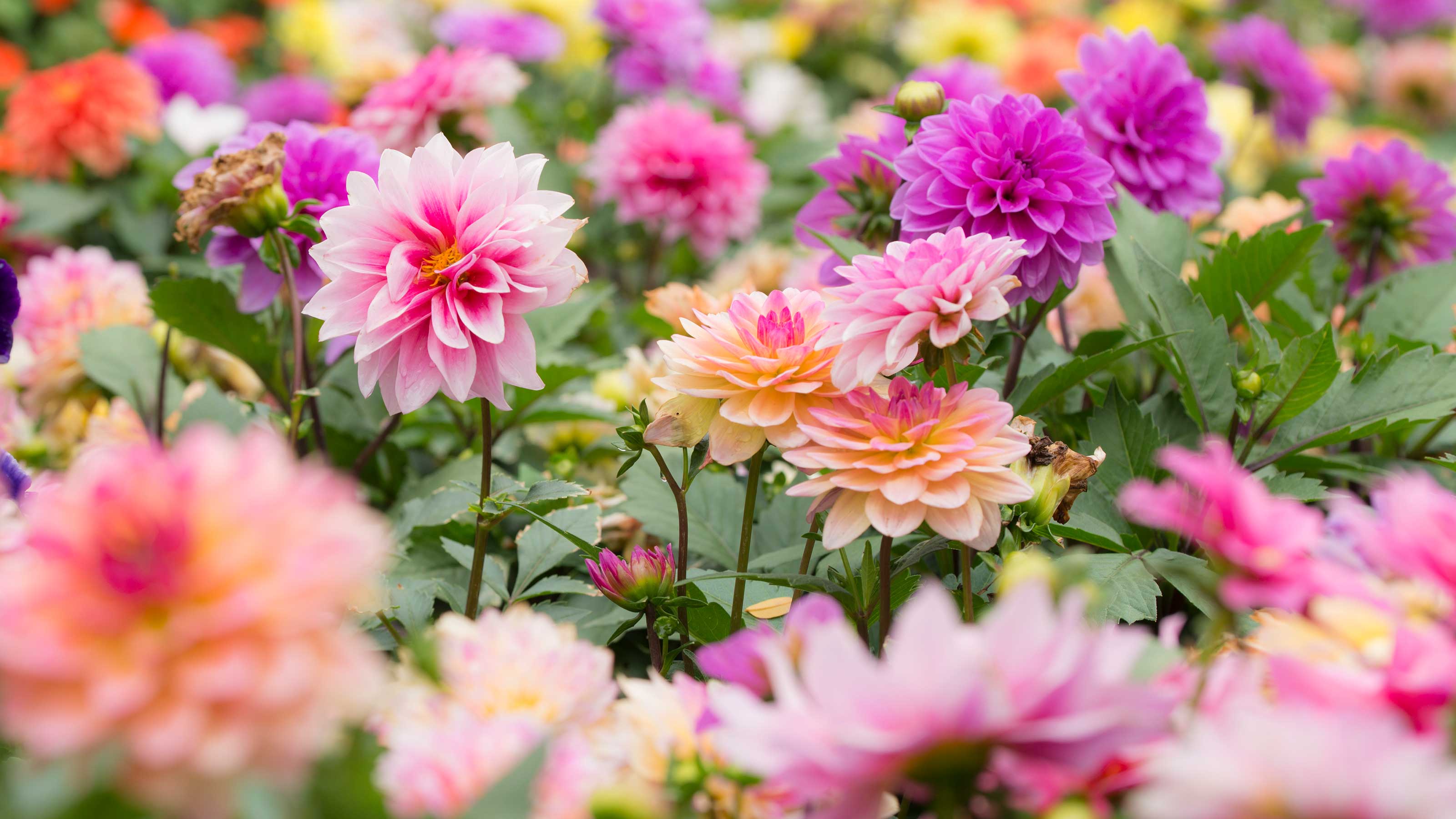
If you've noticed your dahlias not blooming, don't panic. In many cases, there are ways to remedy the problem.
Dahlias are known for their fabulous, summertime flowers in a wide spectrum of shades, shapes, and sizes. So if your plants are all leaves and not much else, it's bound to feel disappointing. But, with a few simple adjustments to your dahlia care regime, you can improve their chances of bouncing back, with blooms even more beautiful than before.
6 possible explanations for dahlias not blooming, and what to do about it
Encourage a dazzling display from your dahlias with these tips and keep your flower beds looking their best this summer.
1. Not enough sun
'Dahlias flower best in full sunshine,' says Christine Walkden, a gardening expert for Amateur Gardening magazine. So, if you've planted them in the shade, this could be the reason behind your dahlias not blooming.
If the shade has been caused by surrounding plants, cut these back to let in more light if possible. Otherwise, be sure to plant your dahlias somewhere that gets at least six hours of sunlight a day next season. There are plenty of beautiful shade-loving plants that will thrive in the gloomier spots.
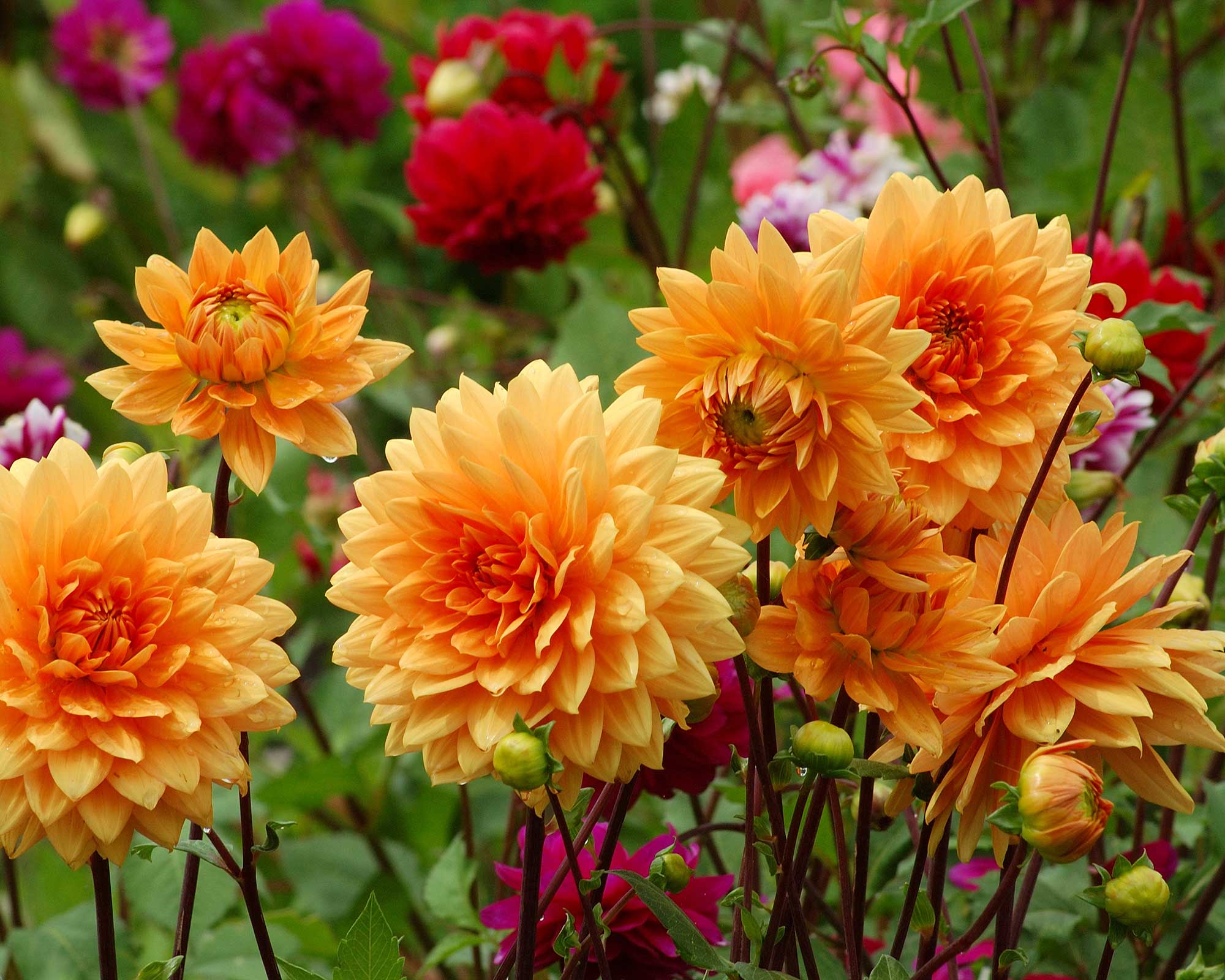
2. Too much nitrogen
Fertilizing plants can give them a boost, but use the wrong type on your dahlias and it can have detrimental effects.
'Avoid using fertilizers that are high in nitrogen as this can result in lots of healthy leaf growth at the expense of the flowers,' says Christine. Instead, encourage lots of blooms by feeding the plants with a fertilizer high in potassium (potash) – a tomato feed, for instance – once a week throughout summer until early fall.
It's also a good idea to apply a granular general-purpose fertilizer when you plant your dahlia, says the RHS – this will help give it a good start.
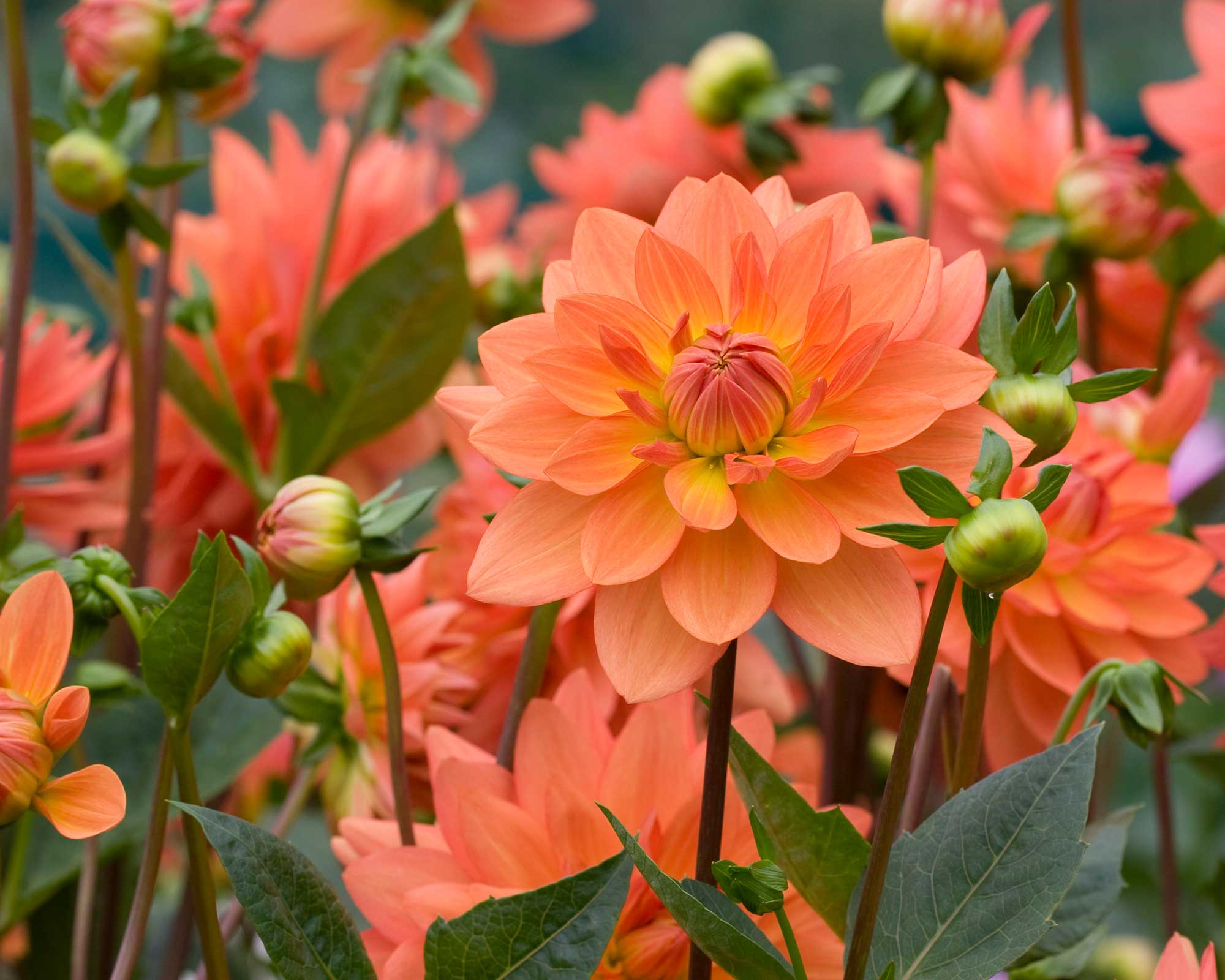
3. Frost damage
Dahlias are perennials and should be lifted and stored when frosts threaten, as explains John Negus, also from Amateur Gardening. Otherwise, the plants can become damaged and you won't get those show-stopping flowers we all know and love.
To do this, cut back the old flowering stems and trim away any thin roots, says John. 'Dry the tubers somewhere where they are safe from pests and rodents and bury them in dry sand or compost with just the old flower stalks showing.' Keeping them under greenhouse staging or in a frost-free shed or garage is ideal.
'The best thing to do in spring is move them into a light, sunny room when they start to shoot again,' he says.
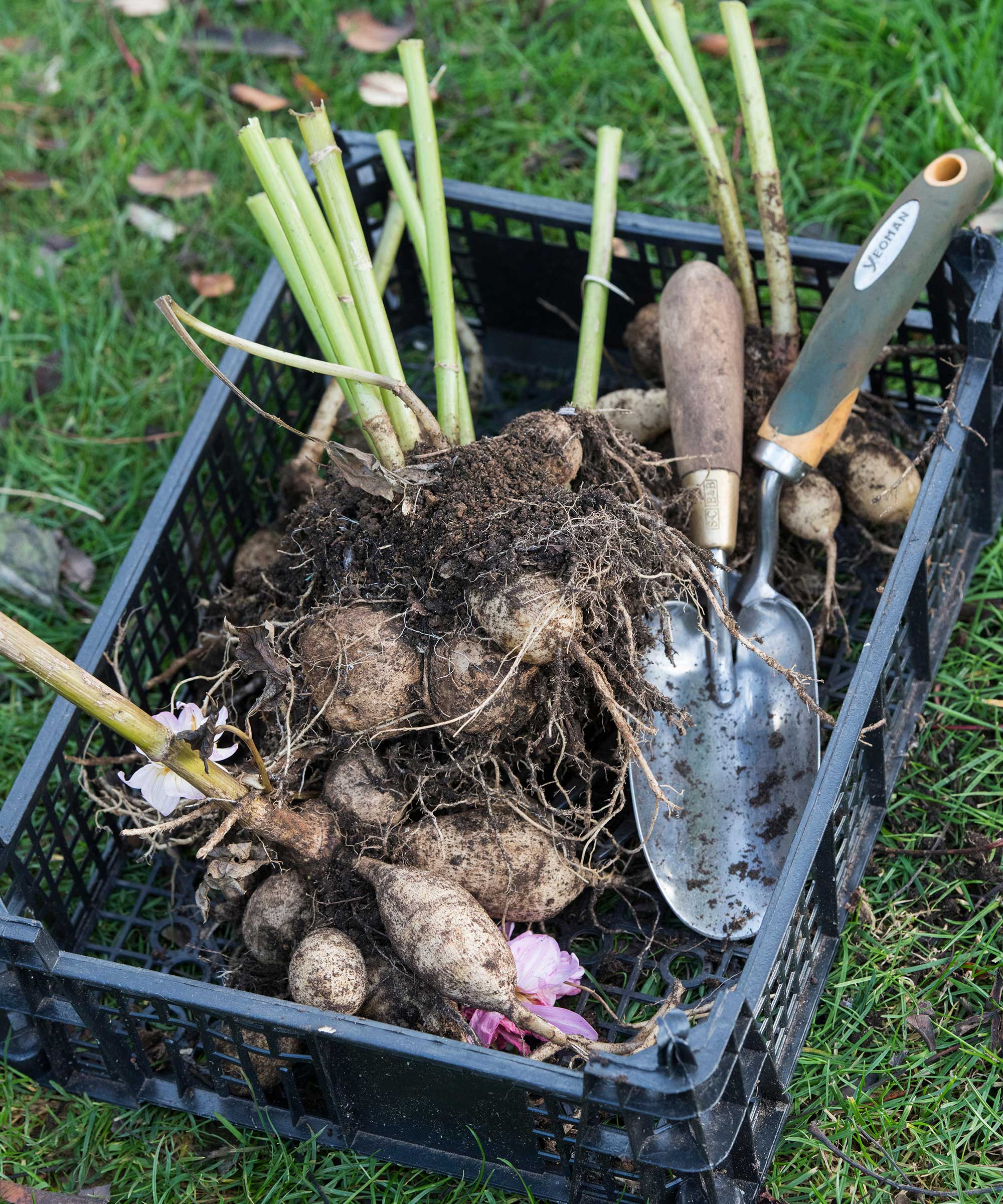
4. Pest problems
Unfortunately, all types of dahlias are susceptible to pest damage, which can reduce the health of the plants and prevent prolific blooming.
Our tips on how to get rid of slugs can help keep them at bay, as will our advice on how to get rid of aphids which can also become a nuisance.
Dahlias are also vulnerable to capsid bugs – small pale-green insects that suck the sap from developing shoot tips. John Negus advises checking your plants in late spring or early summer and, as soon as signs of these insects are seen, spraying the plants with a pesticide such as Bug Clear Ultra, available on Amazon.
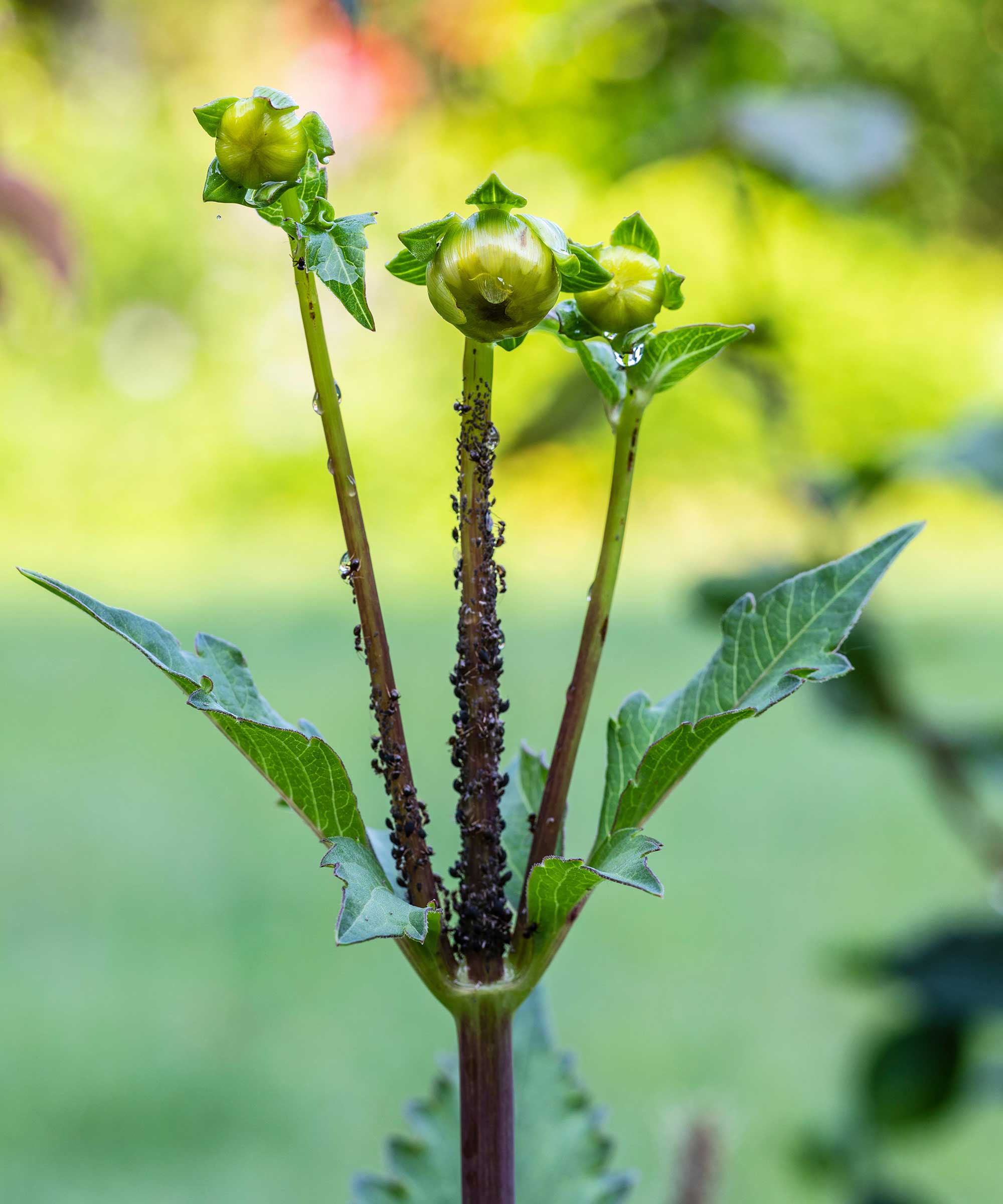
5. Not enough water
A lack of water can also be a reason for dahlias not blooming. They are thirsty plants, so check that they don't become dry at the roots (the RHS says to poke your finger below the surface of the soil to do so). Be extra vigilant during spells of dry, hot weather.
Remember that dahlias grown as part of your container gardening ideas will dry out quicker, so will need extra attention over summer.
Dahlias don't like sitting in waterlogged soil, though, so plant them somewhere that is free-draining to avoid the tubers rotting.
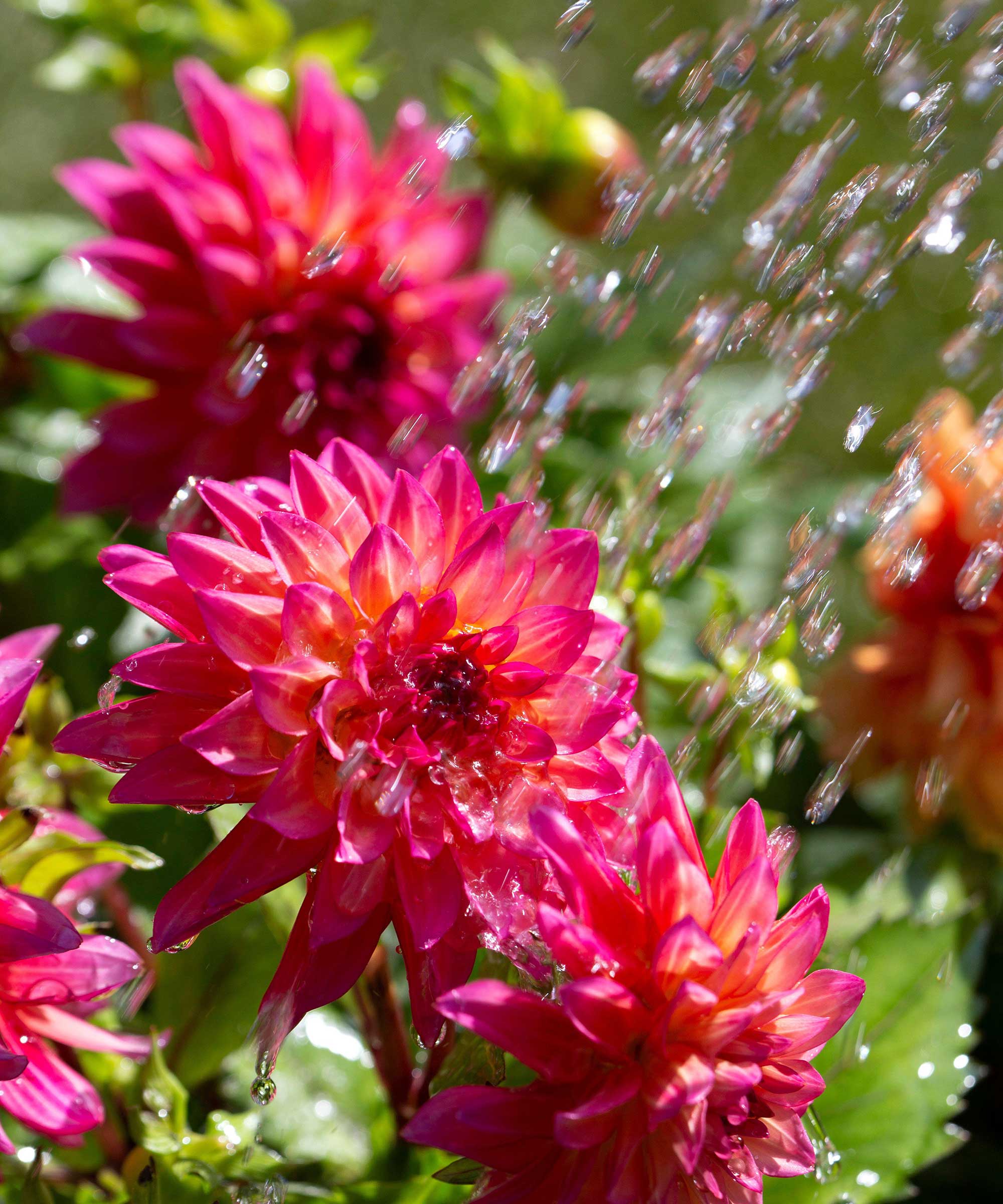
6. Forgetting to deadhead your dahlias
Deadheading flowers can encourage some plants to produce more blooms – dahlias included. And it's super simple to do: just take your best secateurs and snip off spent flowers, cutting back to a leaf joint.
As the RHS explains, this ensures the plants put all their energy into making more flowers as opposed to developing seeds. They advise doing so weekly. Unsure how to tell a spent flower (once the petals have dropped) from a flower bud? Their top tip is to distinguish ones to cut off by their pointed shape, as flower buds are usually more round.
Deadheading petunias and deadheading geraniums will also reward you with an extended summertime show and neater plants overall.
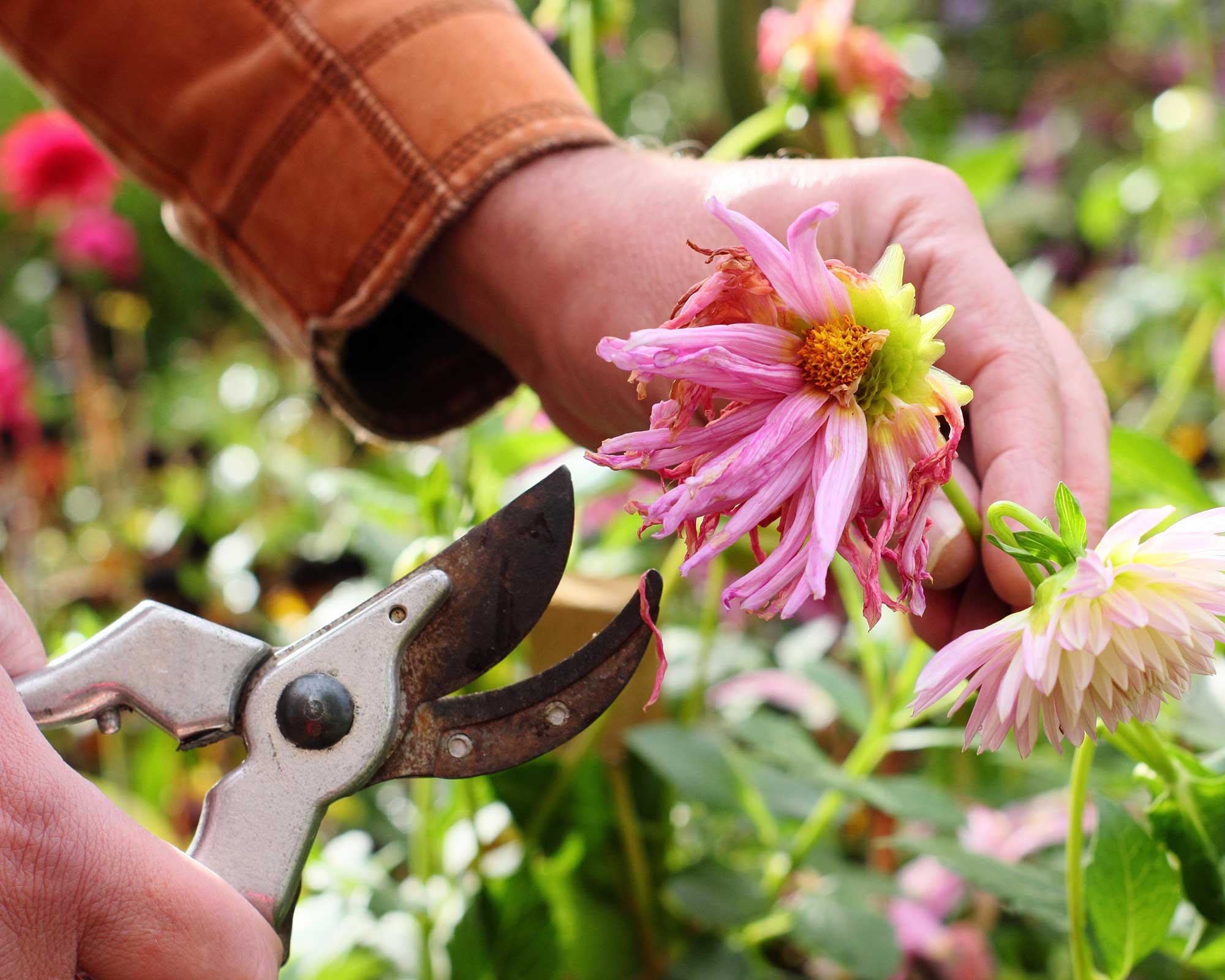

The garden was always a big part of Holly's life growing up, as was the surrounding New Forest where she lived. Her appreciation for the great outdoors has only grown since then. She's been an allotment keeper, a professional gardener, and a botanical illustrator – plants are her passion.
